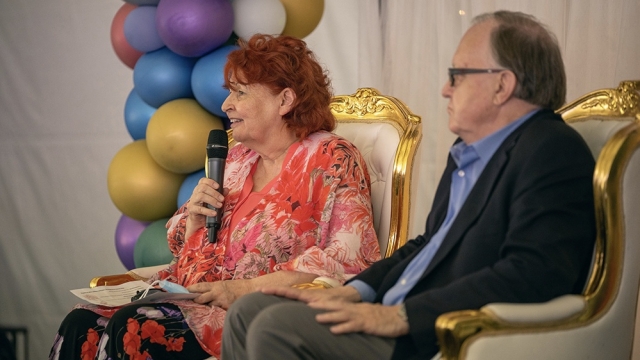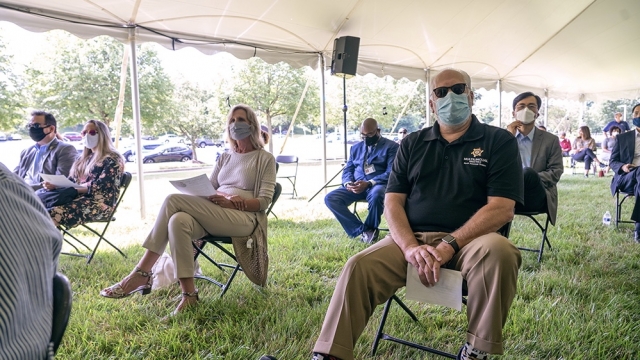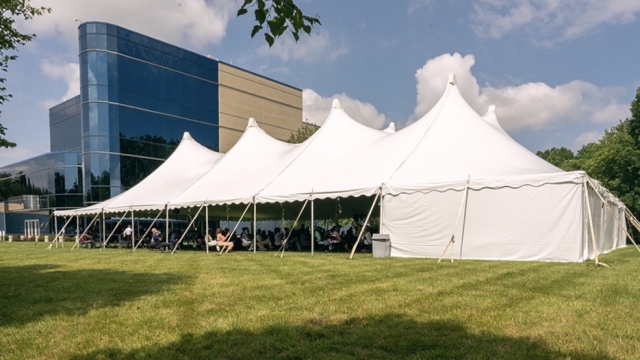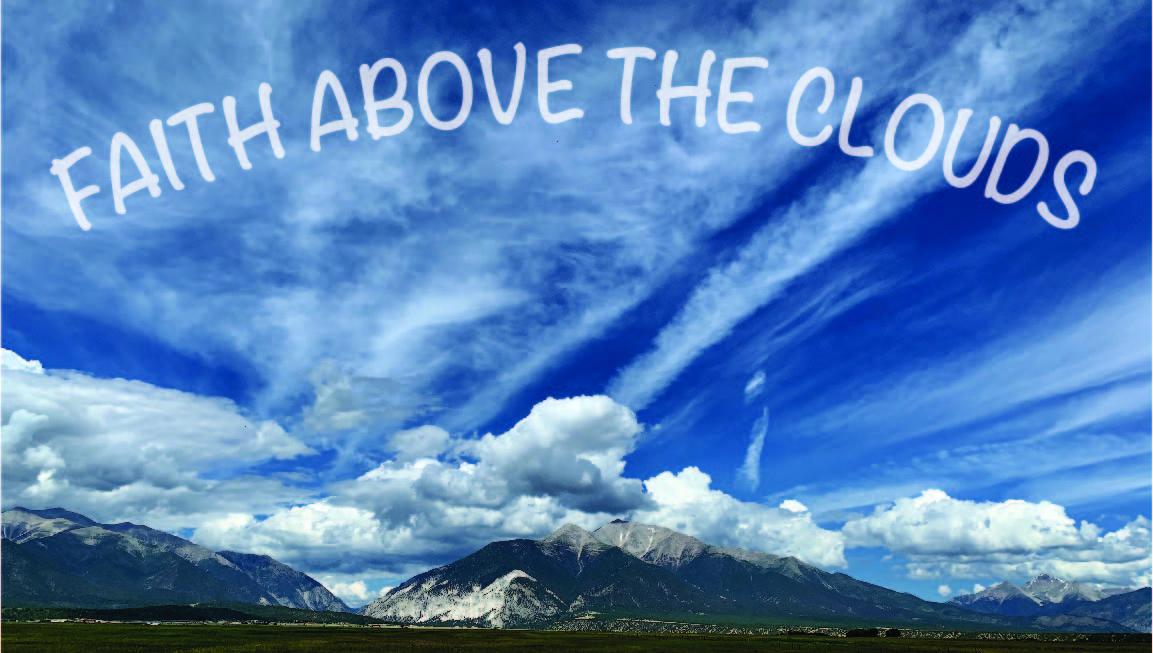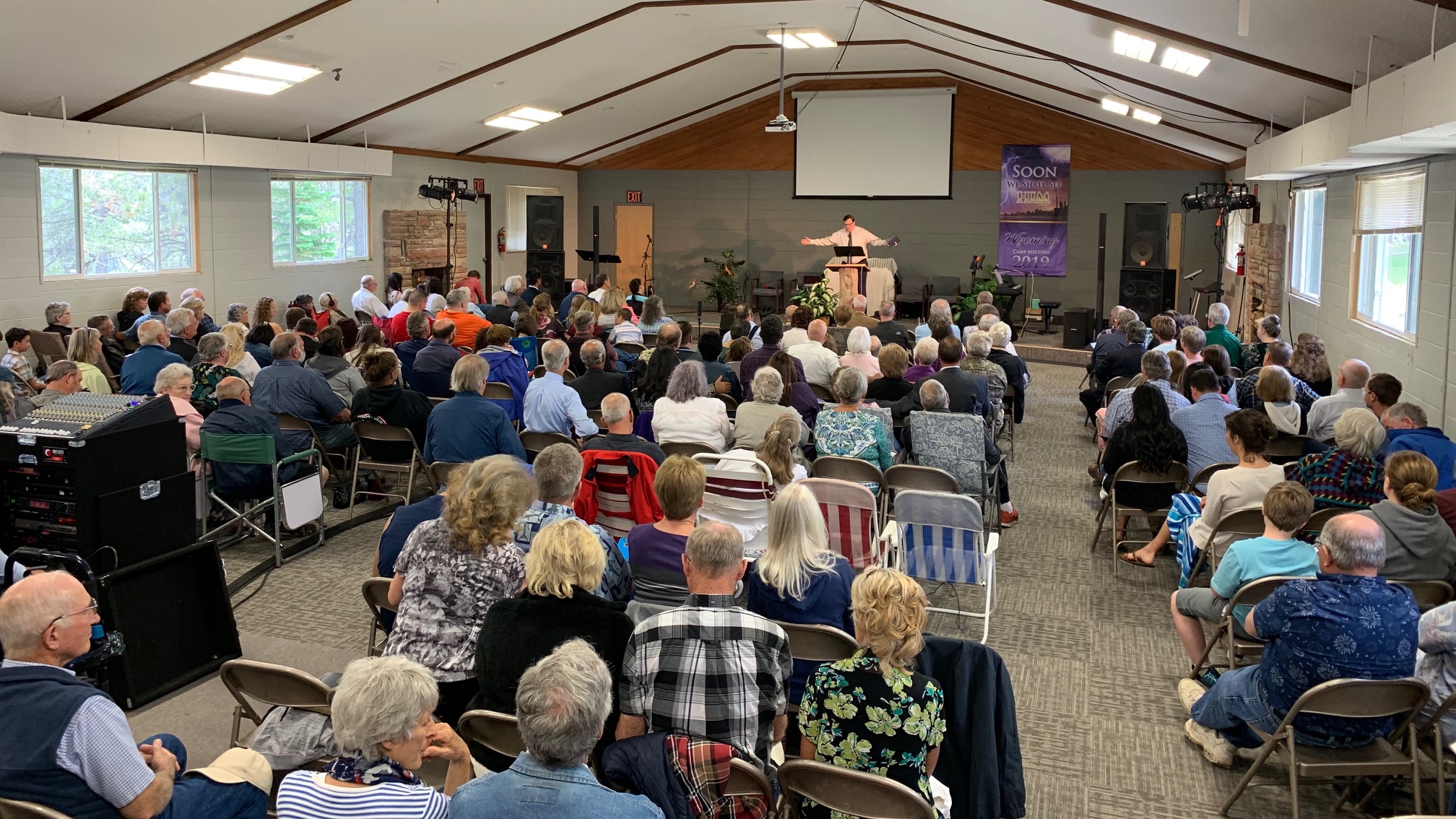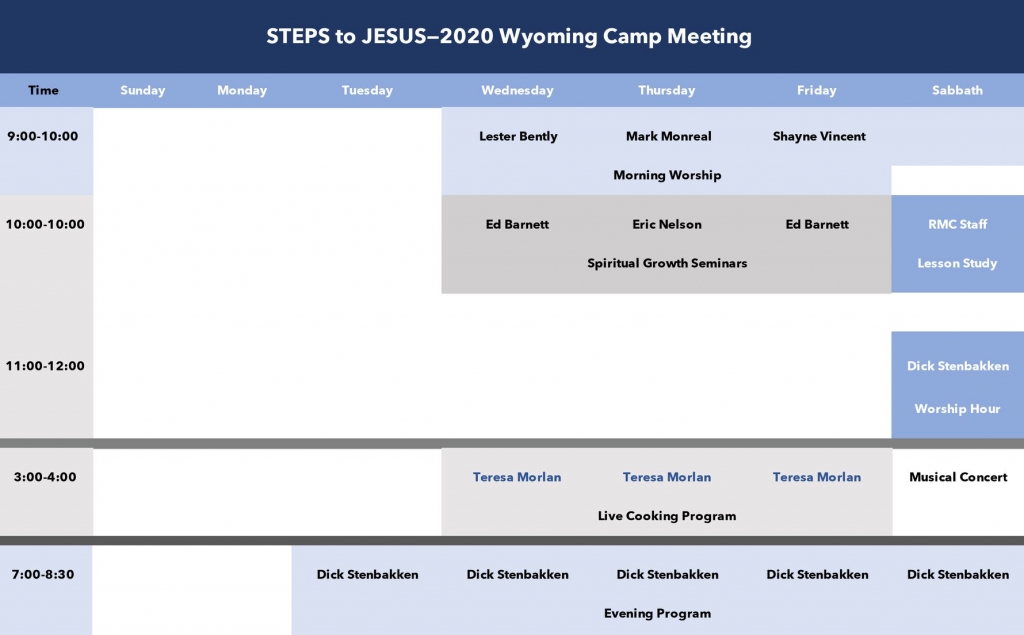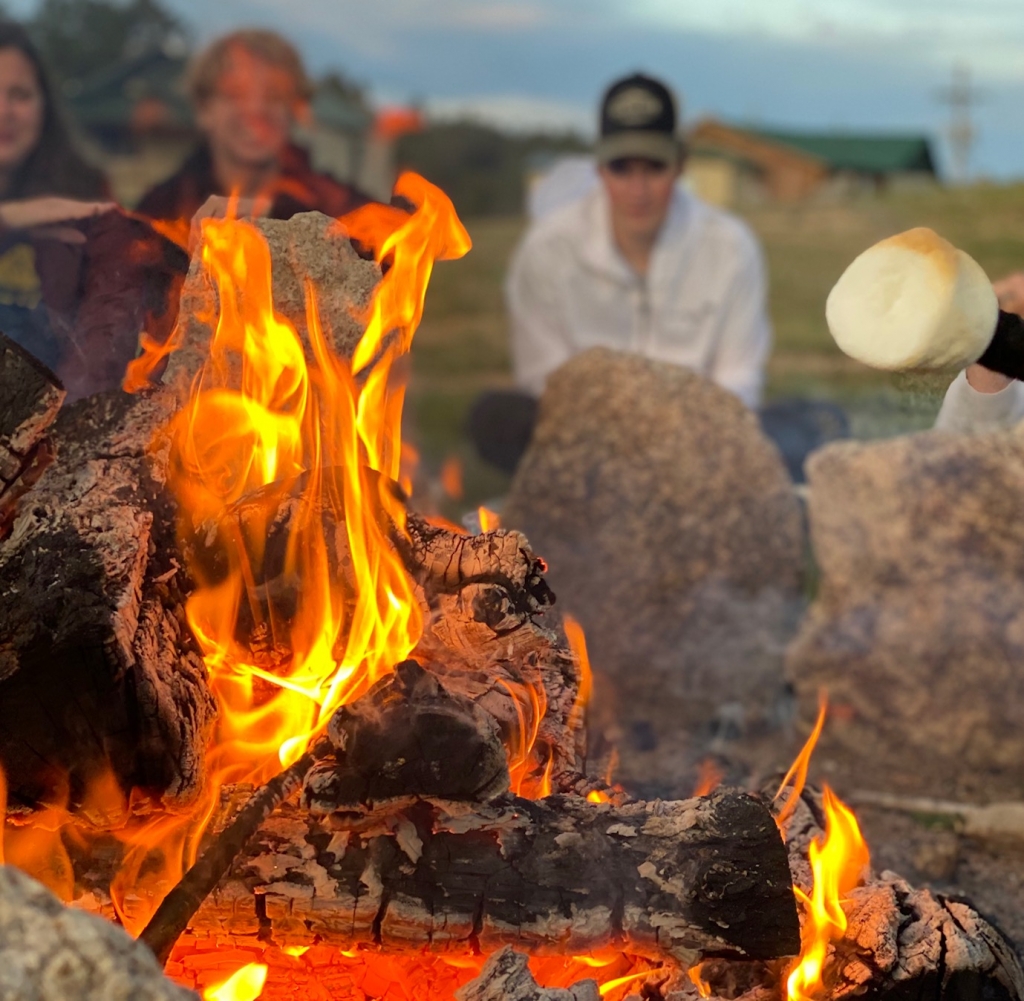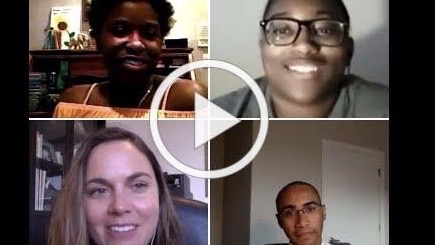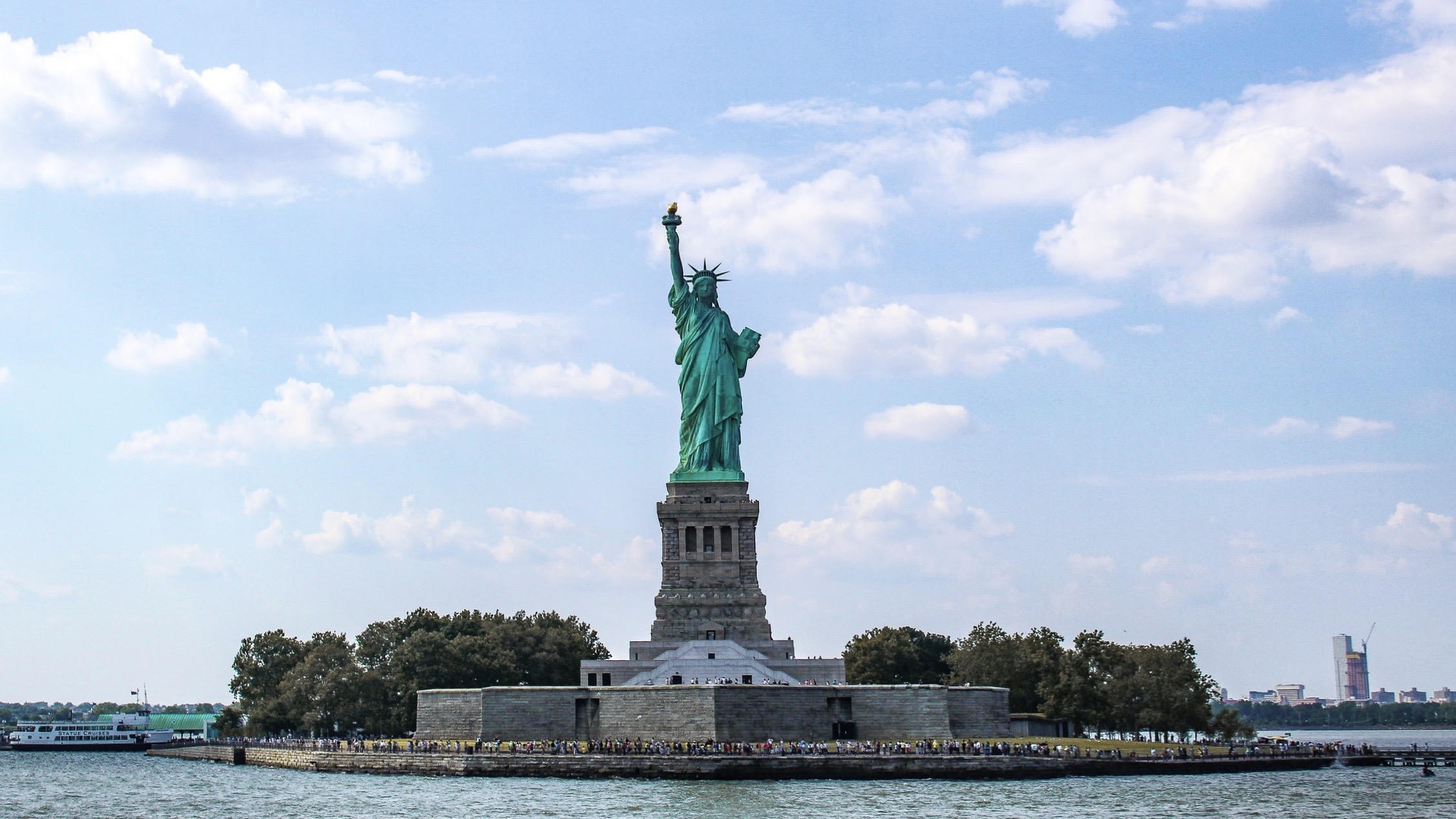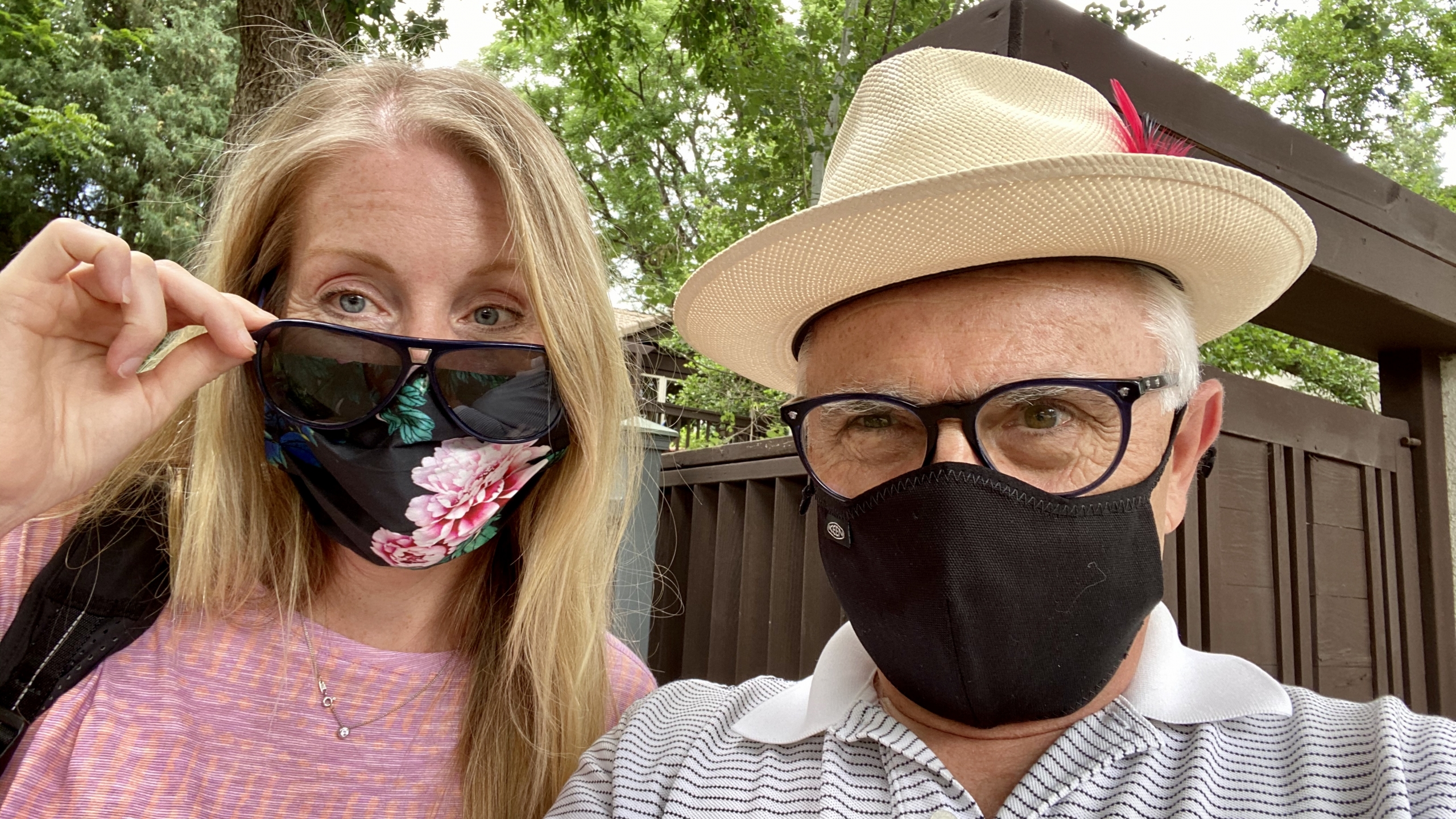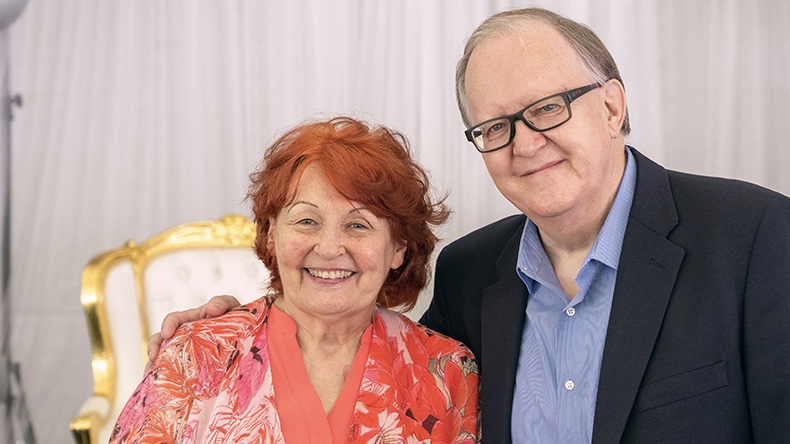By Kimberly Maran — Columbia, Maryland . . .On July 1, 2020, under a big white tent on the grounds of the North American Division (NAD) headquarters, more than 200 in-person and online guests bid a fond farewell to Daniel R. and Donna Jackson during a two-hour celebration of their ministry and leadership. Each ministry, service, and entity of the division had the opportunity to share memories and messages for the Jacksons, who officially retired on July 1.* Vice presidents of the division, union presidents, and special guests General Conference (GC) president Ted N.C. Wilson and his wife, Nancy, also spoke at the event, which concluded with final thoughts from the Jacksons and a closing prayer by Ivan Williams, Sr. NAD Ministerial Association director.
After opening prayer by Office of Volunteer Ministries processing and communication coordinator Andrea Keele, humor — one hallmark of Dan Jackson’s presidential tenure — was on display as employees read clever poems, and a modern-day parable on a scroll. Others presented posters, personalized teddy bears including COVID-19 face masks, an individualized working policy book, a special Canadian law book, and two bobble-head dolls of the Jacksons. Many shared funny stories; and several groups performed musical parodies to several of Jackson’s favorite songs.
G. Alexander Bryant, NAD executive secretary, opened the occasion by sharing the process that went into planning the retirement event. “When we were thinking about this celebration we thought about Elder Jackson and Sister Jackson and their spirit, and the spirit that he has exemplified has always been accompanied with laughter,” said Bryant, who then quoted Proverbs 17:22: “A merry heart doeth good like a medicine: but a broken spirit drieth the bones” (KJV).
“The Lord has given him (and Donna) a tremendous sense of humor that he has utilized in his ministry and administration in a very effective way; this event is intended to be a ‘thank you’ and appreciation, but done in the spirit of Elder Jackson,” Bryant explained. “So you will see some parts that are funny, some parts that will make us laugh, and hopefully some parts that will lift our spirits as we say goodbye to our leader and first lady.”
Not only did the Jacksons bring laughter, song, and encouraging smiles and support to employees personally as they made special effort to spend time with coworkers, Jackson grew the mission and ministry of the division. And added to the moments designed to cheer the honorees were poignant parts of the program as appreciation was shared for the many contributions Jackson made during his 10 years of service at the division, including the building up of the NAD Ministerial Association, Multilingual Ministries, and Stewardship department; the creation of a missional strategic plan; and the addition of the Guam-Micronesia Mission, Oakwood University, Pacific Press Publishing Association, AdventSource, and Christian Record Services for the Blind.
In addition to the division moving to its own headquarters in Columbia, Maryland, in 2017, record tithe came in annually during Jackson’s tenure, almost 1,000 churches were planted; more than 300,000 people were baptized; the legacy Adventist media ministries (Breath of Life, Faith For Today, It Is Written and Escrito Está, Jesus 101, La Voz de la Esperanza, Lifetalk Radio, and the Voice of Prophecy) found their own homes and identities; the number of women working as pastors and chaplains doubled; the Adventist Learning Community, a robust digital ministry resource, was created; both the Young Adult Life initiative and Big Data + Social Media department came to fruition; and the division started the magazine Adventist Journey.
In a special presentation, Donna Jackson was thanked for her tireless work for and with the Ministerial Spouses program. During her tenure as an associate director of the NAD Ministerial Association, she developed resources and programming for ministerial spouses across the division. She also brought joy with her thoughtfulness around the building, shared Desiree Bryant, Adventist Education assistant director and projects coordinator, as she represented the NAD’s ministerial spouses. “Love is who you are as a person. It was a foundation to everything you did and we want you to know that we have appreciated so much all the love, the genuine care and concern that you’ve had for us over these past 10 years,” she said. “You’ve given us a voice, you’ve cared about not just us, but our families as well, the entire ministerial family.”
After this presentation, the couple was presented with a gift vacation from donations across the division’s field. Earlier in the program they received a leather-bound photo memory “yearbook,” notebooks of Jackson’s published articles, plaques, gift baskets, monetary gifts, and a Maranatha One-Day Church donation, located in the Dominican Republic, in their name from Seminars Unlimited.
Near the close of the celebratory event, union presidents, NAD officers, and others who worked especially close to the Jacksons shared their sentiments of appreciation via video.
Bryant thanked Jackson for being a Christian role model. “You’ve modeled leadership, but not only that, you have modeled Christianity and what it means to be a part of the body of Christ and to feel like a brother and a sister. You and Donna have always felt and will always feel like a part of my family,” he said. “We wish you Godspeed and God’s blessings as you move to another phase of your life. You will be missed and never forgotten. God bless you.”
Randy Robinson, NAD treasurer, said, “Dan and Donna, It’s been my privilege to serve with you in the North American Division. I know I haven’t been here too terribly long, but it’s really clear to me that your leadership will leave an indelible mark on this division for many years to come. I will miss your leadership and wish you God’s blessings as you make this transition.”
“I’ve been so thankful to be able to work with the two of you the past 10 years, [Dan] as my boss, the both of you being my mentors, and especially the both of you being my friends,” said Janet Aldea, Jackson’s administrative assistant. “You and Donna have taught me so much about prayer in the workplace, and especially in my personal life. I know if you didn’t have that kind of a relationship in your own lives, the close relationship to the Lord, that you could not share that with all of us. My prayer is that you both do not lose that relationship with the Lord, and that it becomes even stronger as you enter the next phase of your life together.”
Ken Denslow, NAD assistant to the president, shared a special memory: “I will always remember that day when the Jacksons and the Denslows were riding together to an appointment in Florida and you were talking to me about your needs for a new assistant and you kept asking questions and kind of nibbling around the edges, when finally Donna said, ‘Just ask him, Danny!’ and you asked me to come and be your assistant. That changed my life. Thank you for the opportunity; thank you for the great memories of serving together. God bless you both as you enter into retirement.”
Before the Jacksons shared their final thoughts and closing prayer was offered, GC president Wilson spoke. “I want to bring very special greetings on behalf of the world church family, the General Conference. And we thank both of you, Donna and Dan, for your willingness to serve God in Canada, in Sri Lanka, in India, in the United States, and around the world as a vice president of the General Conference. … We want to thank you for your commitment to God’s message and the proclamation of the three angels’ messages and Christ’s soon coming. And thank you, Dan, for your consistent effort to lift up Jesus in all that you do when you’re speaking to people in sermons and encouraging people. The salvation of Christ is absolutely the rock foundation of our message and the soon coming of Christ, what He has done on the cross and equally what He is doing for us as our High Priest in heaven interceding for us.”
Wilson proceeded to share Hebrews 10:19-24. He concluded by saying, “What a privilege to be part of the great Advent Movement, and on behalf of the world church family of Seventh-day Adventists, we wish you, Donna and Dan, a wonderful retirement and continued work for the Lord until He comes.”
Nancy Wilson presented the Jacksons with a decorative gift basket that included fresh fruits, homemade crackers, roasted nuts and other healthful snacks for the couple’s long road trip to Canada, where the Jacksons will be retiring. She said, “Wherever God puts you, you will be ministering. But this we thought can be a picnic basket so … please do take time to just relax.”
With emotion she added, “In particular, Donna, I want to thank you for your prayer ministry for our family. You have been so faithful in reaching out. … You have written beautiful emails to reach out and have promised us your prayers, and we thank you so much for that. God bless as you continue serving God in the wonderful ‘Land of the North.’”
As the celebration drew to its conclusion, the Jacksons spent a few moments giving their remarks. “I woke up this morning, in the first day of my retirement, and the first thing I did was asked Elder Bryant if I could have permission to go into the NAD building because, you see, today I’m a layperson,” Jackson laughed. “God has blessed. We started our ministry 280 miles north of the city of Edmonton, and the first winter we thought we would freeze to death.”
“You know, the Lord has bourn with me so many years and I just can only praise His name. I just praise God for the privilege to serve in ministry,” he continued. “What I said yesterday [during worship] I want to repeat today: for me the greatest blessing of leadership is the blessing of being with people; to dream, to pray, to cry, to laugh, to work in the name of Jesus is a wonderful, wonderful blessing. It has been such a tremendous opportunity.
“We had, when we went to Atlanta in 2010, absolutely zero idea that we would wind up here, and to get to know each of you, to get to work beside you, to be able to move through the building and talk with you and sometimes share your dreams and your pain and to rejoice together. This has been such a marvelous blessing. … Thank you and God bless you. We will never, ever, ever forget our privilege here and the time that we shared.”
In laughter Donna said, “Dan and I will have all these gifts representing you, and we will treasure them — and we’ll just have to get a U-Haul truck.”
She echoed her husband’s words: “I have had this great privilege of being here with you and you worked very hard. I know that what we do, we do in love for Jesus Christ. And I can see it in everything, in every department and in every worker. Thank you for sharing your lives, … and to each one of you: God bless you. It’s not going to be long until we see Jesus.”
* The NAD nominating committee will meet on July 6 to select a name to be presented and voted on by the NAD Executive Committee on July 7 and sent as a recommendation to the GC Executive Committee. Both of these committees will be chaired by Ted N.C. Wilson, GC president. The meetings will be held virtually via Zoom and a previously used electronic voting process will be utilized. On July 9, the General Conference Executive Committee will meet virtually to receive the recommendation and elect the new NAD president. During the interval, G. Alexander Bryant, NAD executive secretary, will serve as interim president, according to NAD policy. Click here to read more.
—Kimberly Luste Maran is an associate director for the North American Division Office of Communication; photos supplied
This article was originally published on the NAD website.
